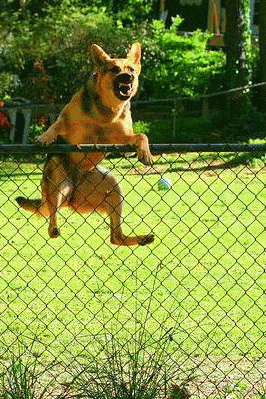Police dog acts probed
 WA’s Corruption and Crime Commission has slammed the use of dogs by WA Police.
WA’s Corruption and Crime Commission has slammed the use of dogs by WA Police.
The head of the Corruption and Crime Commission (CCC), John McKechnie, has criticised the use of police dogs against young people and claimed that current policies for their deployment are “racist in intent but are racist”.
The comments come after reports revealed injuries sustained by a 13-year-old boy during a police operation in suburban Perth.
While police defended their use of dogs as necessary in situations where suspects failed to comply, McKechnie argued that such actions were not appropriate, particularly when dogs were used against young and Indigenous persons.
McKechnie also raised concerns about broader policies governing the use of police canines, as last year, the CCC found that about 61 per cent of all police dog deployments were targeted at Aboriginal and Torres Strait Islander people.
Despite allegations of serious misconduct being reviewed by the Commission, it was often difficult to verify these claims when officers were following procedures, according to McKechnie.
The former Supreme Court justice called for a change in tactics to address the causes of juvenile offending, rather than simply relying on punitive measures like incarceration and the deployment of dogs.
In response, WA Police Minister Paul Papalia said she supports the use of police dogs under current policy, stating that they were only deployed when individuals posed a threat and that officers were frequently making decisions in a matter of seconds in dangerous situations. However, the WA Police Force spokesperson emphasised that officers were “carefully considering” their use of force, including the deployment of canines, and that they reviewed policies and procedures to ensure community safety.
McKechnie acknowledged that police officers face perilous situations and that canines could offer protection for police but urged a balance to be struck. He called for collaboration with Police Commissioner Col Blanch to find a way to limit the use of dogs while maintaining the protection of the community.








 Print
Print